The absolute best bulgur pilaf recipe that'll become one of your go-to grain dishes! With 6 grams of fiber in one delightful serving, this simple and hearty Turkish family recipe offers endless varieties.
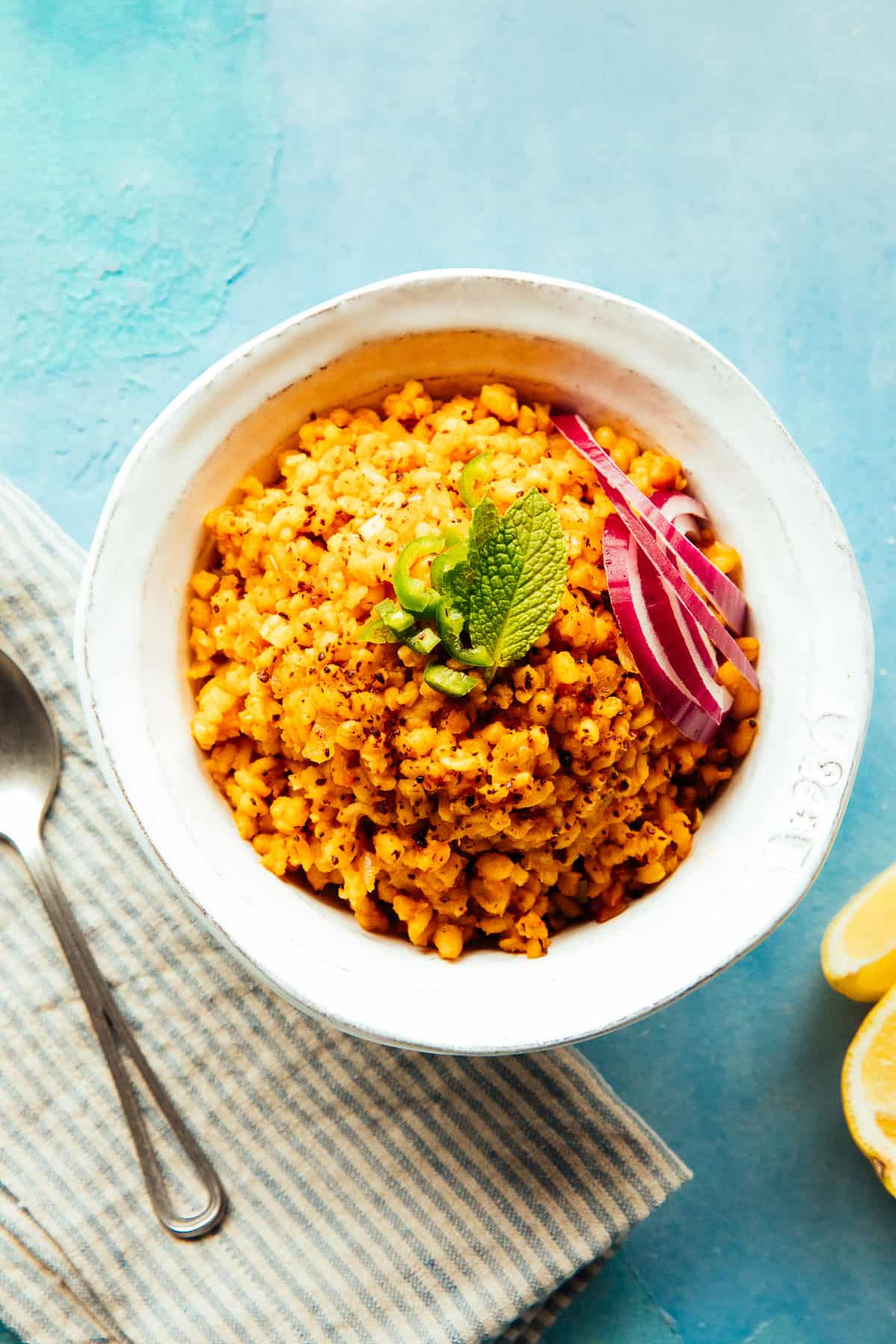
Jump to:
🍚 Why This Recipe Works
I rarely title a recipe as "best", but this one 100% deserves it. My family's been making this Turkish bulgur pilaf for generations, and I'm confident we perfected it!
The type of bulgur and its ratio to liquids, vegetables, spices... everything is balanced to give you a grain dish that'll become a new staple.
In addition to bulgur, we'll use onion, tomatoes (both fresh & paste), and chili pepper for a tiny bit of heat.
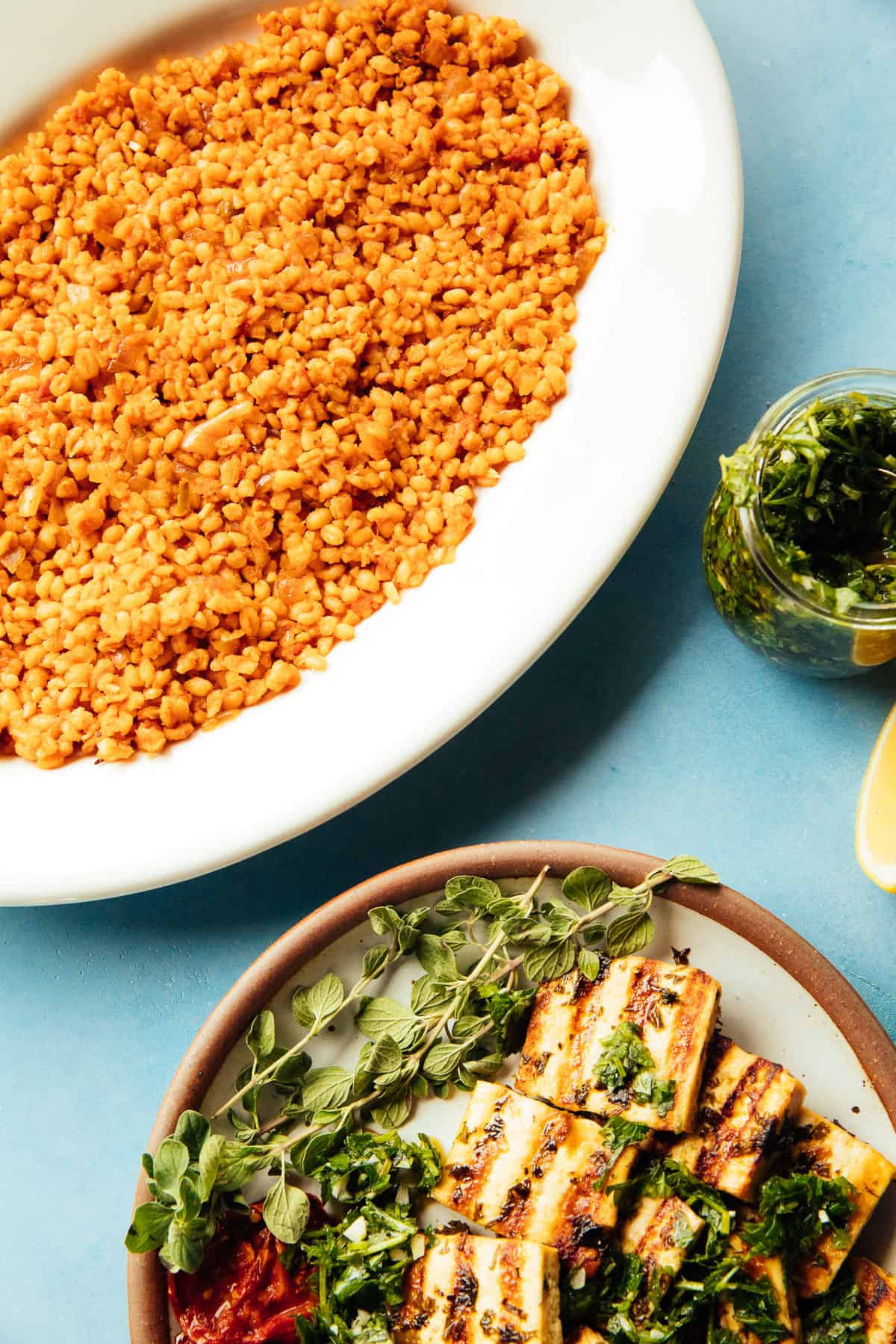
Bulgur pilaf is a perfect side dish (pictured above with chimichurri tofu), but can also be made into a main with the simple addition of canned beans!
🍅 Ingredients
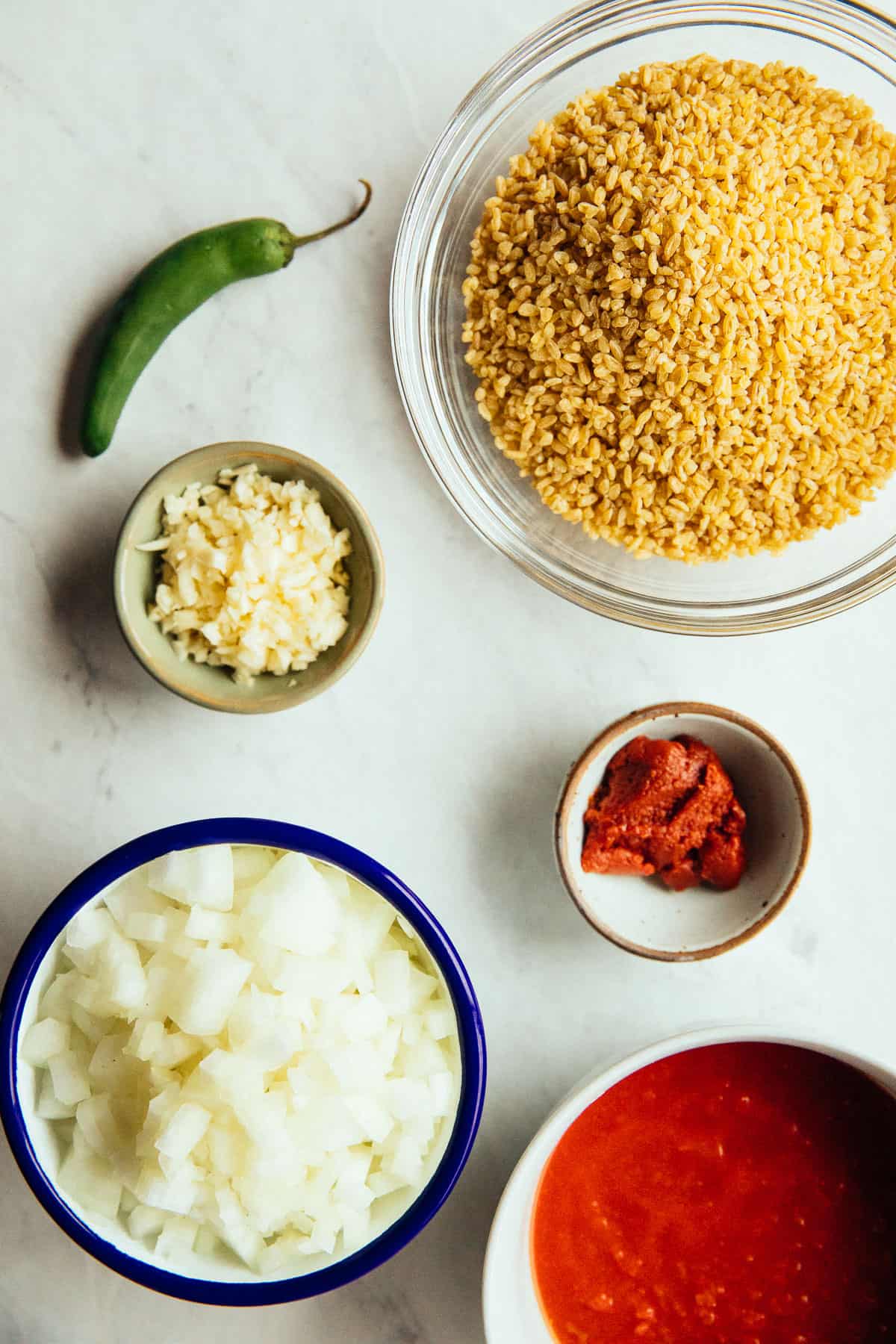
This dish will be ready with a few simple ingredients and minimal prep:
- Bulgur - If you can, use the extra-coarse variety. It tastes much better than finer-cut bulgur in pilafs. You may use any type you have on hand, but fine bulgur will make this dish more similar to tabouleh than to a pilaf.
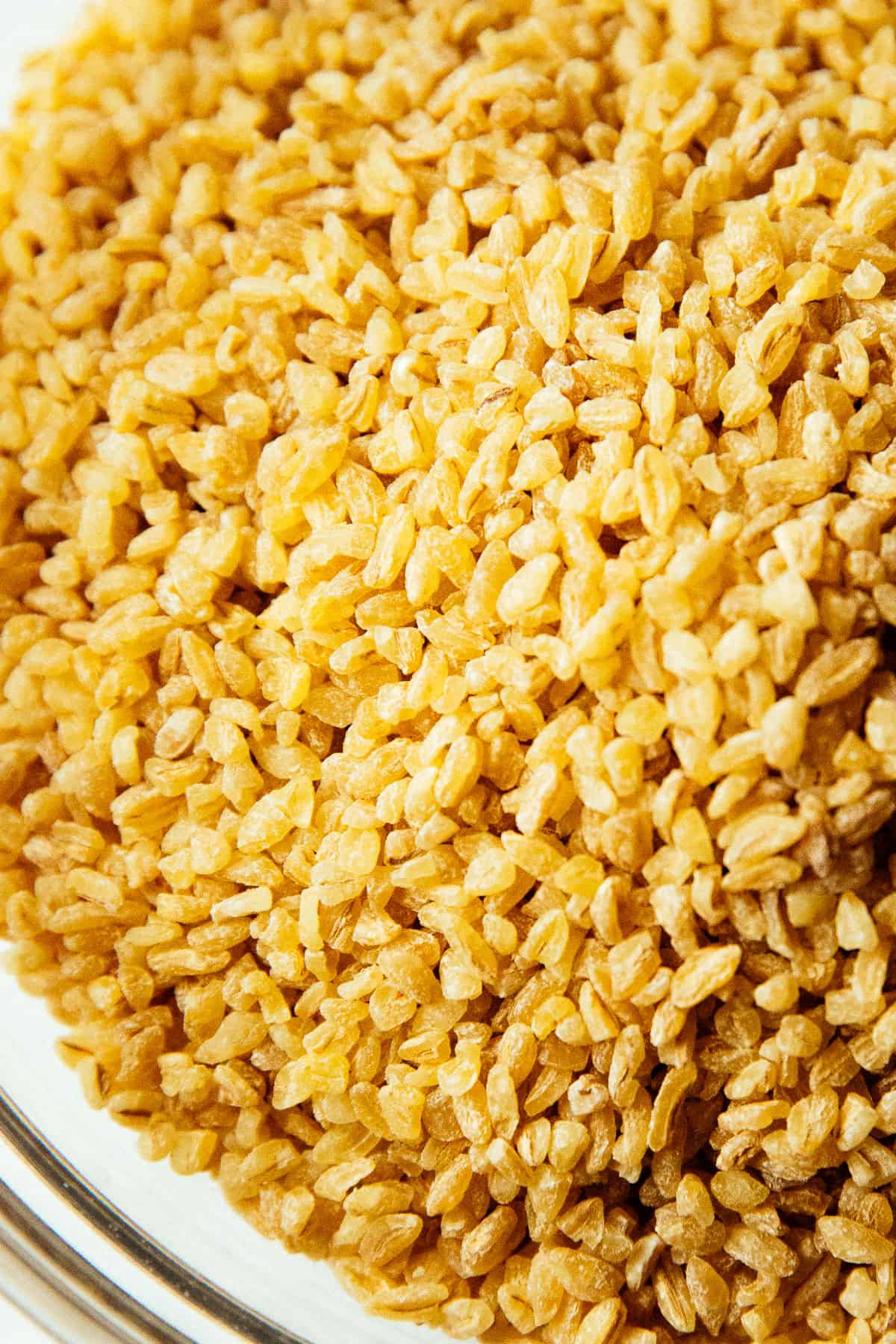
- Tomato Paste - We'll deepen the umami with tomato paste. Some tomato pastes are very salty (most Turkish brands), so make sure to balance your seasoning by tasting the broth before you add more salt.
- Tomato - Use fresh tomatoes if they're in season. If not, canned San Marzano works very well.
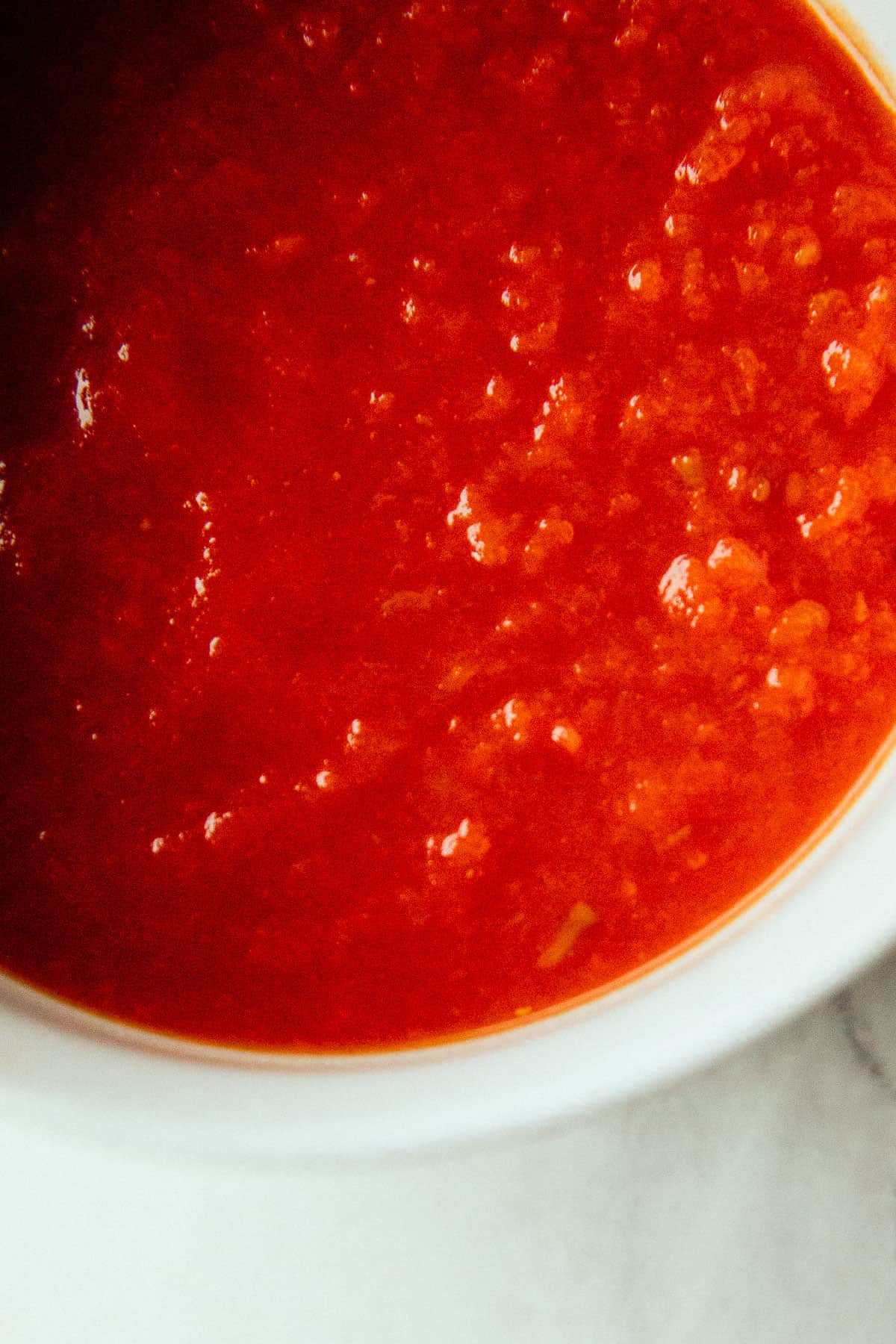
- Onion - The sweetness from sautéed onions does make a difference!
- Garlic - I like to use as many alliums as it makes sense to—because we love them. But you can leave the garlic out or reduce the number of cloves if you'd like.
- Fresh Chile Pepper - I use diced Serrano, but you may use your preferred chili variety. This is the only difference between my grandma's (and great-grandma's) recipe and mine. A touch of heat works so well in bulgur pilaf.
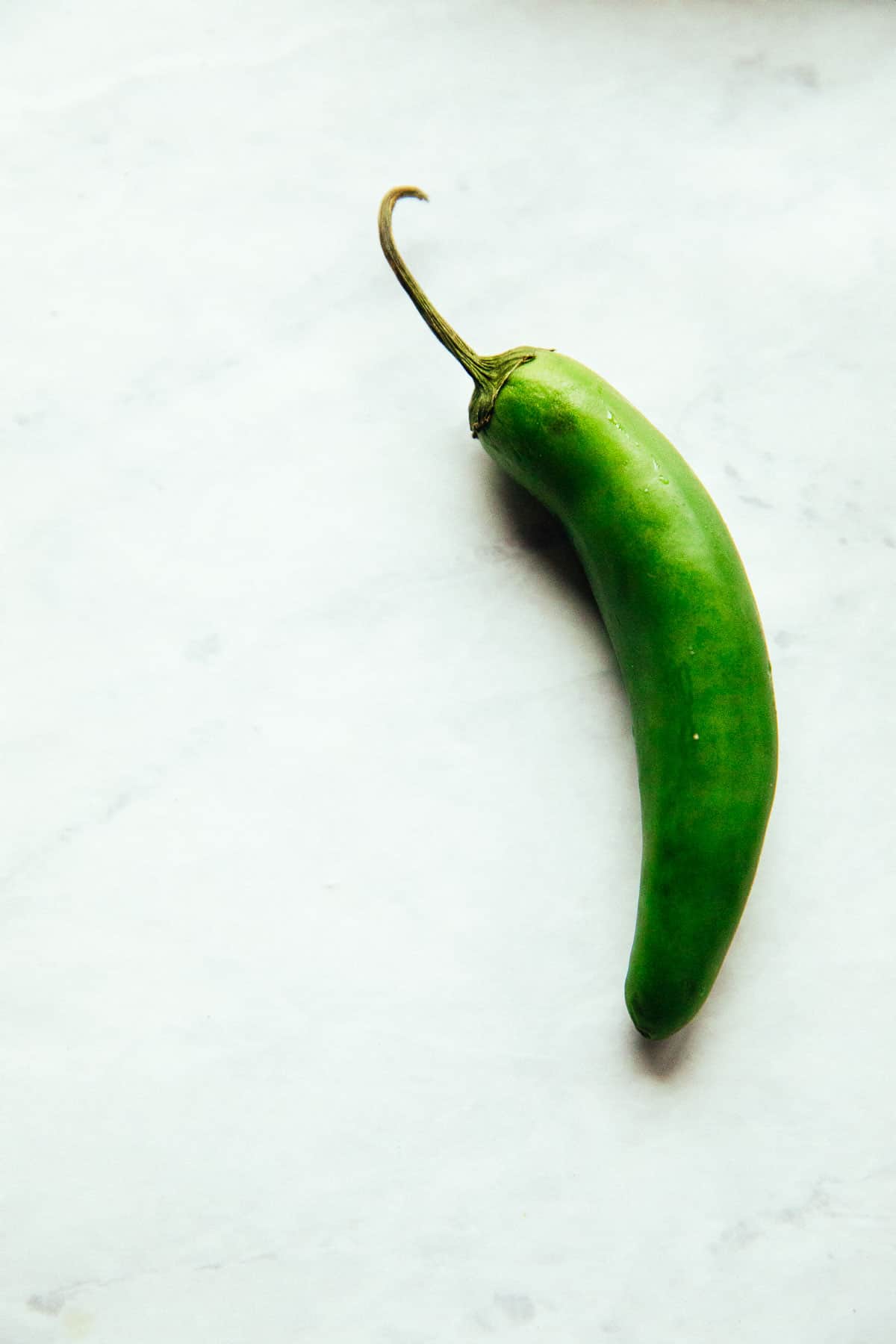
- Olive Oil - You can use any variety, I usually go with extra-virgin even though this is a cooked dish.
- Spices - This recipe doesn't really need spices. I usually only use salt for seasoning and Aleppo chile flakes. Aleppo pepper is a bright red, earthy chile variety with a delicious fruity tang.
🔪 Instructions
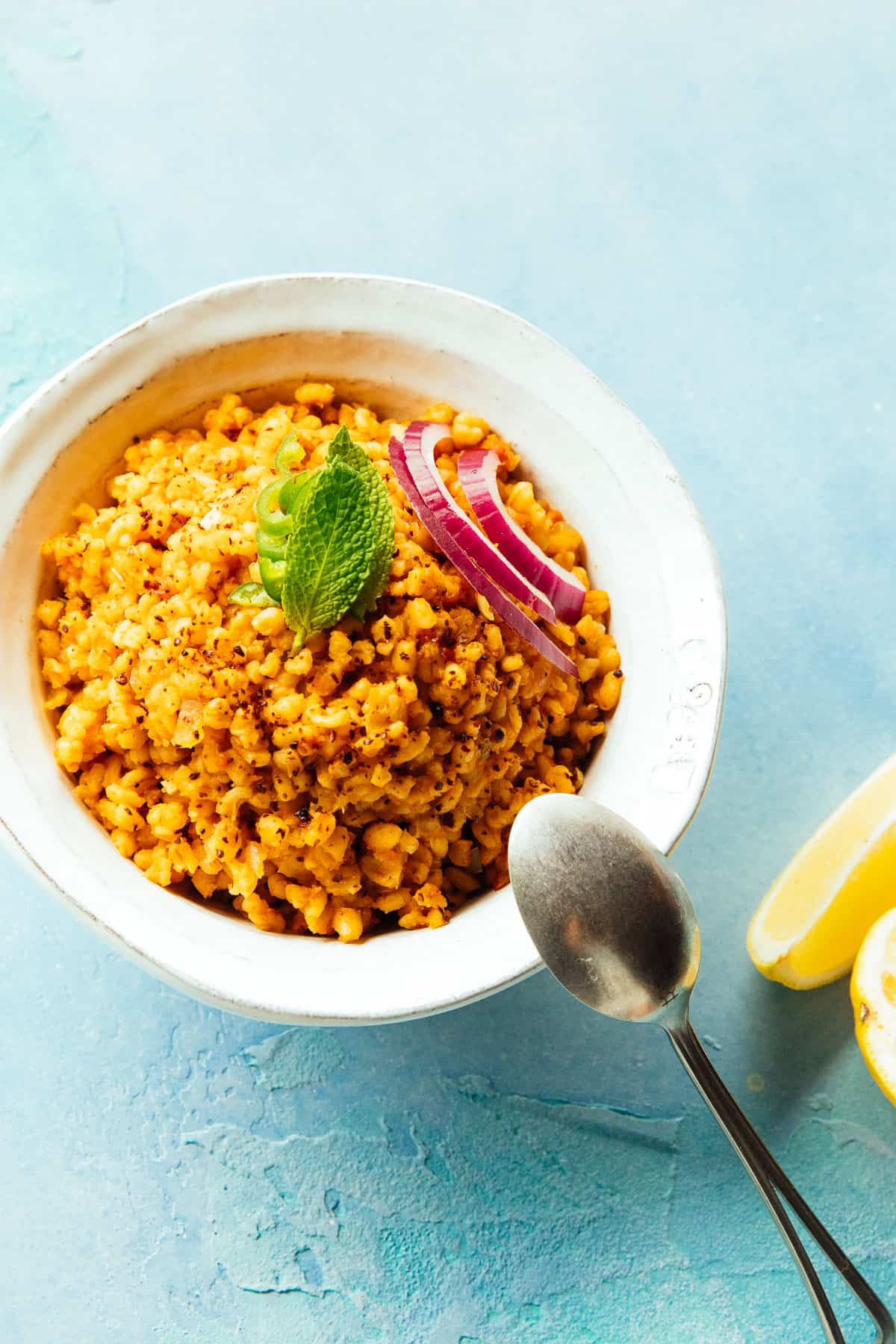
- In a large pan on medium-high heat, season and sauté onions and bulgur with olive oil until the onions are translucent—about 10 minutes.
- Add in diced chili pepper, minced garlic, Aleppo chili flakes, and tomato paste. Sauté for another few minutes.
- Add the crushed/grated tomatoes. Stirring continuously, sauté for 5-7 minutes until most of the tomato juice evaporates.
- Pour in the boiled water, season with more salt, mix, and give it a taste. Add more salt if needed.
- As soon as the pilaf comes to a boil, give it one last stir and turn down the heat to the lowest setting. Let simmer with the lid on, for 20-30 minutes.
- The pilaf is cooked when the bulgur grains still have a pleasant bite to them. Take the pot off the stove and put a paper towel or dishcloth on top. Put the lid back on and let rest for 10 minutes. Enjoy with fresh mint or parsley, thin red onion slices, and a squeeze of lemon!
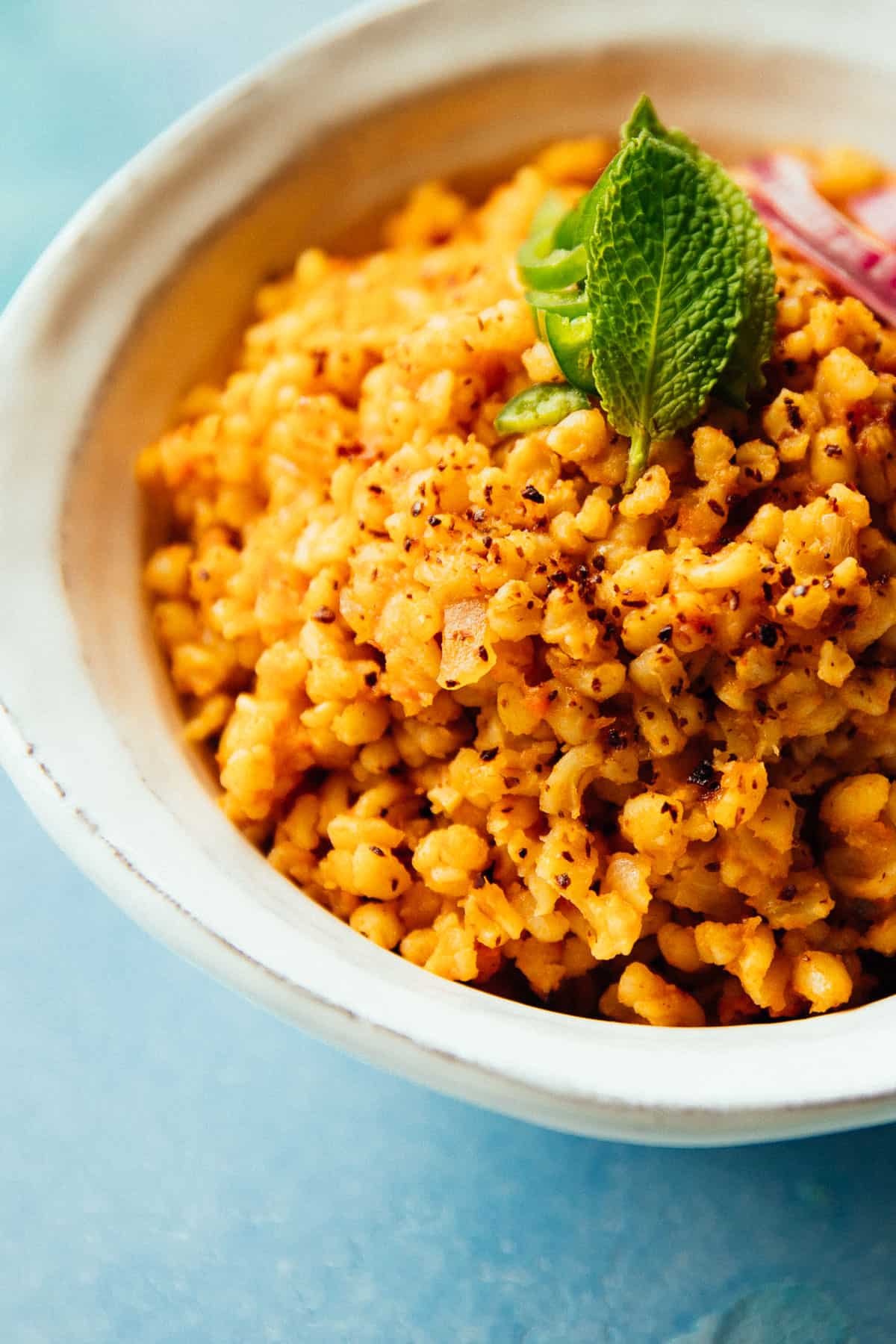
You can save the bulgur pilaf in an airtight container in the refrigerator for up to a week, or freeze it for up to 3 months.
👩🏻🍳 Top Tips
- Want more protein in the pilaf? Add a 15-oz can of chickpeas along with the tomatoes. Your pilaf instantly became a main dish! Plus you'll have leftover aquafaba for baking projects.
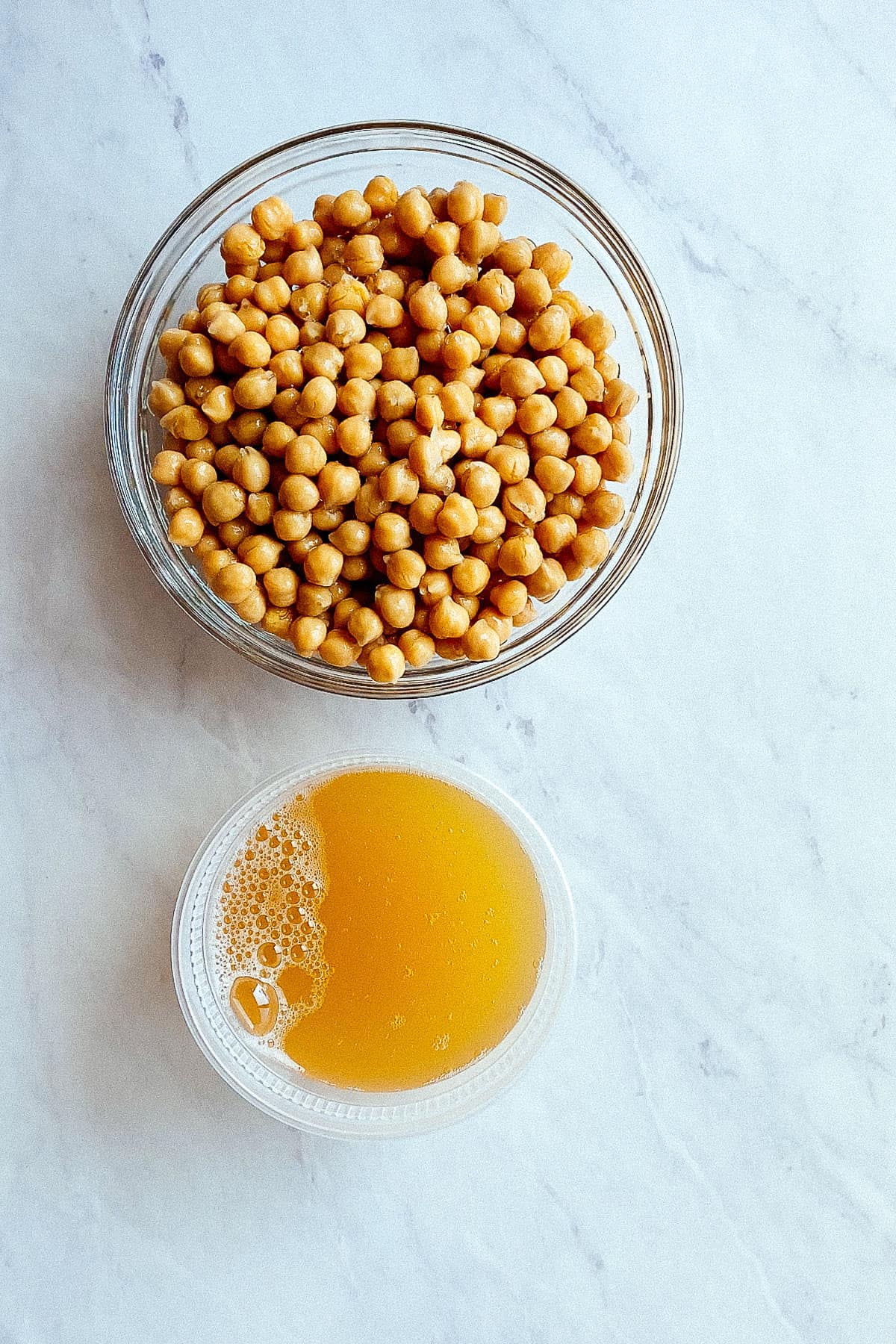
- If you're using fine-cut bulgur, simply reduce the time of cooking. It should only take 15-20 minutes. You may also need to increase the amount of liquid—make sure to do so ½ cup at a time, and always use hot water or broth.
- Make sure to really turn down the heat when simmering, or the water will quickly evaporate without being absorbed into bulgur grains.
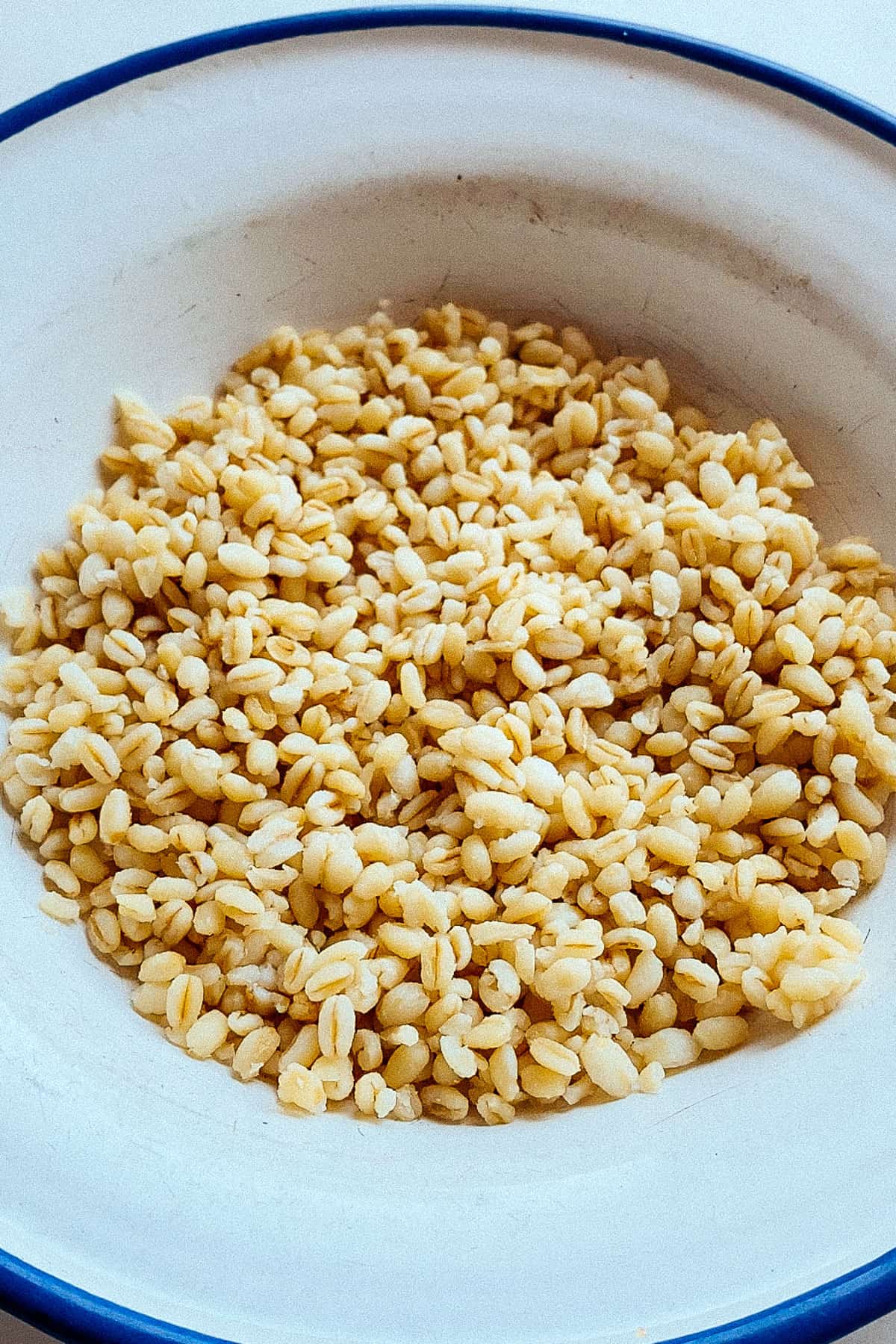
- You may substitute the Aleppo chile flakes with regular chile, but I'd highly recommend stocking it for later. Aleppo pepper is a chef's favorite for a reason!
- To make this recipe gluten-free, use a different grain such as brown rice or quinoa. Extra-coarse bulgur is very similar to brown rice in its texture.
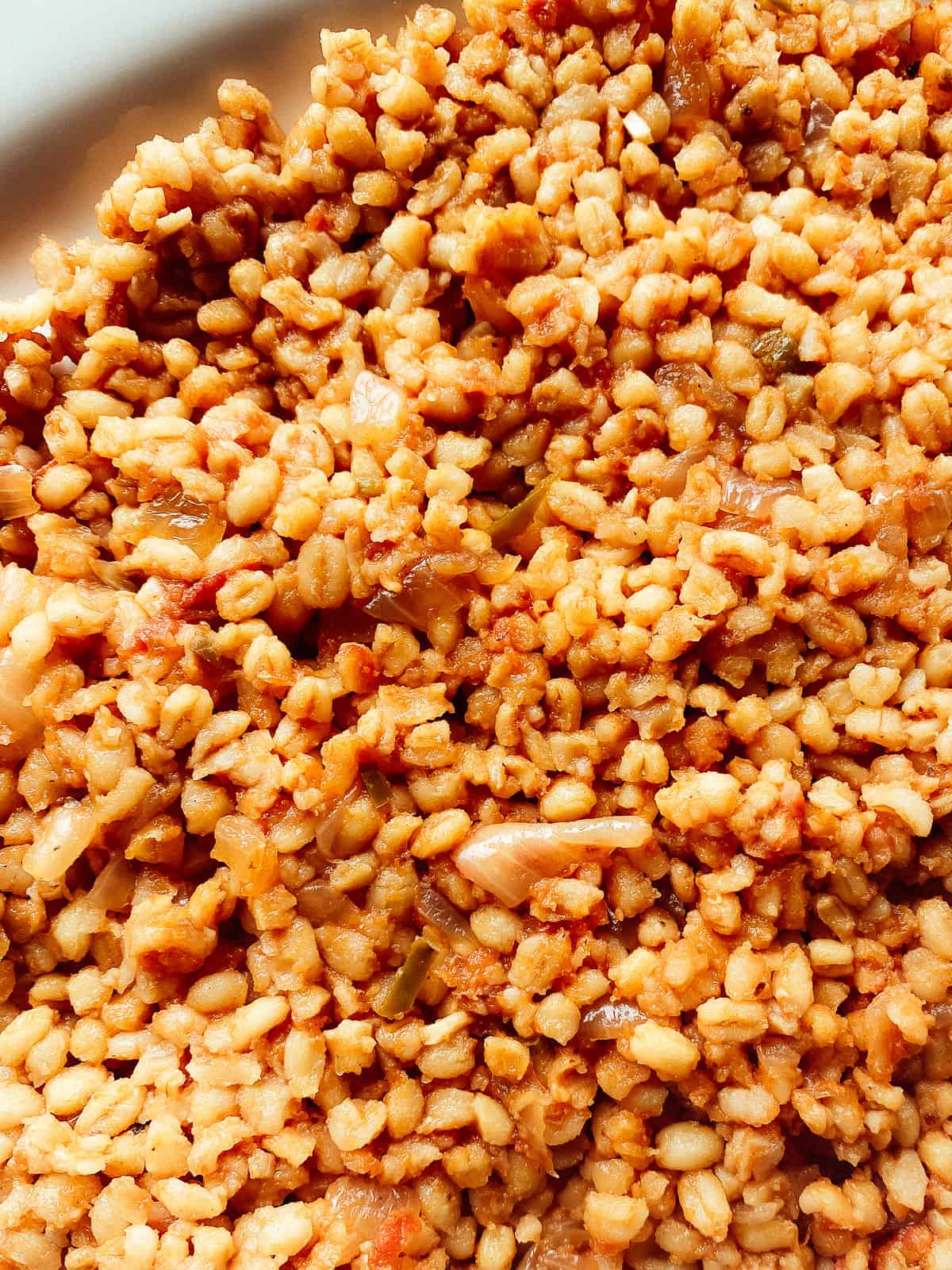
- Authentic bulgur pilaf, made in authentic Turkish "kebapçı pilavı" style, uses lots of oil—usually a mix of olive oil and butter. Feel free to reduce the amount of oil in this recipe, or omit entirely for a whole-food-plant-based (WFPB) option, if you wish.
❓FAQs
If your bulgur is still too hard after 30 minutes (a pleasant bite is normal), then the simmering temperature was probably too high. This causes the water to quickly evaporate without being absorbed into bulgur, resulting in par-cooked grains.
Add more boiled water (about ½ to 1 cup) and simmer until no more steam is coming out. Note that the texture won't be exactly the same as properly cooked bulgur pilaf.
Yes! Kebapçı pilavı (kabob-house pilaf) is almost identical to the bulgur pilaf in this recipe. However, most kabob houses also use butter in addition to olive oil to make the dish even richer.
You may substitute Aleppo by using regular chili flakes in the same quantity.
No, bulgur is a cereal made from wheat.
You may substitute the bulgur with brown rice or quinoa for a gluten-free pilaf—but since bulgur is a wheat cereal, it would no longer be "bulgur" pilaf.
Bulgur is chock full of vitamins, minerals, and fiber! It has a similar nutrition profile to brown rice.
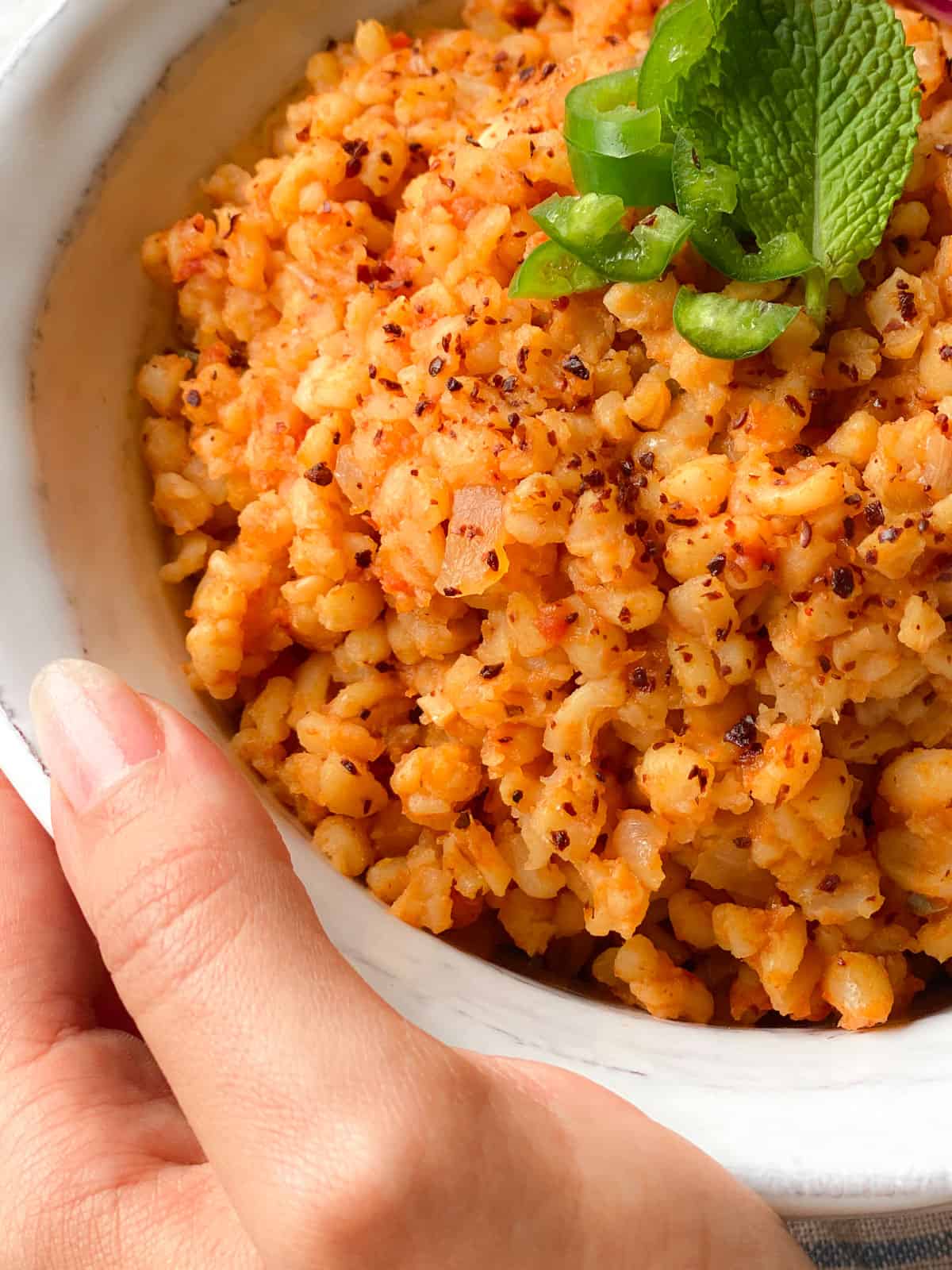
🥗 More Mediterranean Recipes
Did you make this authentic bulgur pilaf recipe? I'd love to hear about it! Please comment and leave a star🌟 rating below. This helps me run Aegean Delight and I always appreciate it 🙂
Print📖 Recipe

The BEST Bulgur Pilaf
- Total Time: 55 minutes
- Yield: 8 Side Dish Servings 1x
- Diet: Vegan
Description
The absolute best bulgur pilaf recipe that'll become one of your go-to grain dishes! With 6 grams of fiber in one delightful serving, this simple and hearty Turkish family recipe offers endless varieties.
Ingredients
- 5 tablespoons olive oil
- 2 cups (350g) extra-coarse bulgur (see notes)
- 1 large onion, diced
- 1 small green chili pepper, diced (optional, see notes)
- 4 garlic cloves, minced
- 2 tablespoons tomato paste
- 1 cup canned crushed tomatoes (see notes)
- 3 cups boiled water
- 1 teaspoon salt (see notes)
- 1 teaspoon Aleppo pepper flakes
- garnish: lemon, fresh mint leaves, slices of red onion
Instructions
- In a large pan on medium-high heat, season and sauté onions and bulgur with olive oil until the onions are translucent—about 10 minutes.
- Add in diced chili pepper (if using), minced garlic, Aleppo chili flakes, and tomato paste. Sauté for another few minutes.
- Add the crushed/grated tomatoes. Stirring continuously, sauté for 5-7 minutes until most of the tomato juice evaporates.
- Pour in the boiled water, season with more salt, mix, and give it a taste. Add more salt if needed.
- As soon as the pilaf comes to a boil, give it one last stir and turn down the heat to the lowest setting. Let simmer with the lid on, for 20-30 minutes.
- The pilaf is cooked when the bulgur grains still have a pleasant bite to them. Take the pot off the stove and put a paper towel or dishcloth on top. Put the lid back on and let rest for 10 minutes. Enjoy with fresh mint or parsley, thin red onion slices, and a squeeze of lemon!
- You can save the bulgur pilaf in an airtight container in the refrigerator for up to a week, or freeze it for up to 3 months.
Notes
Coarse Bulgur (Pilavlık) - If you can, use the extra-coarse variety. It tastes much better than finer-cut bulgur in pilafs. You may use any type you have on hand, but fine bulgur will make this dish more similar to tabouleh than to a pilaf. Available online and in Turkish/Middle Eastern markets.
Fine Bulgur (Most Common) - Using finer bulgur will reduce the cooking time to 15-20 minutes. You may also need to increase the amount of liquid—make sure to do so ½ cup at a time, and always use hot water or broth.
Salt - Some tomato pastes are very salty (most Turkish brands), so make sure to balance your seasoning by tasting the broth before you add more salt.
Tomatoes - Use grated, fresh tomatoes if they're in season. If not, canned San Marzano works very well.
Oil - Authentic bulgur pilaf, made in authentic Turkish "kebapçı pilavı" style, uses lots of oil—usually a mix of olive oil and butter. Feel free to reduce the amount of oil in this recipe, or omit it entirely for a whole-food-plant-based (WFPB) option.
Fresh Chile Pepper - I use diced Serrano, but you may use your preferred chili variety, or omit it completely. This isn't a traditional ingredient in most Turkish kitchens, but you'll love it if you enjoy spicy food.
Aleppo Chile Flakes - You may substitute the Aleppo chile flakes with regular chile, but I'd highly recommend stocking it for later. Aleppo pepper is a chef's favorite for a reason!
Stove Temperature - Make sure to really turn down the heat when simmering, or the water will quickly evaporate without being absorbed into bulgur grains. In case your pilaf didn't fully cook after there is no more steam coming out of the pot, add more boiled water (about ½ to 1 cup) and simmer until cooked.
Protein - Add a 15-oz (450g) can of chickpeas along with the tomatoes to instantly make your pilaf a main dish!
GF - To make this recipe gluten-free, use a different grain such as brown rice or quinoa. Extra-coarse bulgur is very similar to brown rice in its texture.
Nutrition Info - Estimate is based on Cronometer.
- Prep Time: 10 minutes
- Cook Time: 45 minutes
- Category: Sides, Mains
- Method: Cook
- Cuisine: Turkish
Nutrition
- Serving Size: 1 cup
- Calories: 218 kcal
- Sugar: 2.7 g
- Sodium: 360 mg
- Fat: 9 g
- Carbohydrates: 32 g
- Fiber: 6 g
- Protein: 5 g
- Cholesterol: 0



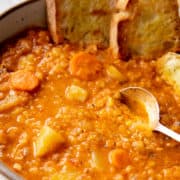
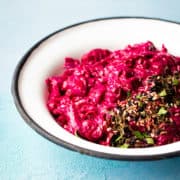




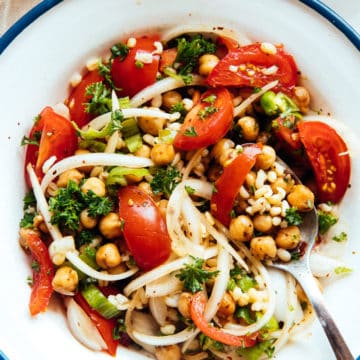
Comments
No Comments